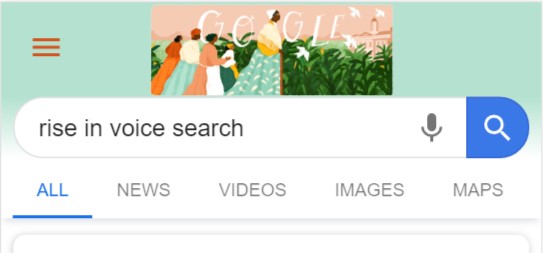This Week’s Industry News
Compiled by the Rocket Clicks Team
Top Stories
Search Console Adds Security Issues Detection
Google has ported another feature from the old Search Console to the new one – the Security Issues tab. This will display below the Manual actions in the side panel. Security issues can detect:
- Social engineering (phishing and deceptive sites)
- Malware infection type: server configuration, SQL injection, code injection, error template
- Cross-site malware warnings
- Hacked type: code injection, content injection, URL injection
Search Console will also provide information about how to fix specific security issues. When the issues are resolved, webmasters can request a review from Google’s team. The old Search Console will shut down in March. Source: Search Engine Land
Cost-Per-Click Ads Now Available in Reddit
Advertisers can now buy cost-per-click ads through the Reddit ad dashboard along with Reddit’s other ad options including cost-per-impression (CPM) and cost-per-view (CPV) ads. According to Reddit, the new bid-type ad offering is the first major step the company has taken to ramp up its performance business and will open up more ad inventory on the site. Reddit’s CPC ad campaign objectives included reach, video views, traffic and conversions. Reddit reports that most advertisers in the beta group have improved return on ad spend by up to 50 percent. Source:Marketing Land
Google Adds Voice Input to Android Search
Google adds voice input and spoken results to mobile web search so searchers can use voice across all platforms. There is now a microphone icon on Android phones to enable mobile web voice search on Google Discover and every search result page. This is an interesting move given users could already do voice search with the Android keyboard microphone. Users will hear a spoken response rather than getting a set of silent results. Google did this to offer a consistent experience.

Source: 9to5Google
Analysis:
eCommerce SEO Checklist
- Lay the foundation for strong eCommerce SEO
- Use mobile-friendly, responsive design
- Install an SSL certificate
- Optimize for quick loading speed
- Submit your sitemap to Google and Bing
- Get to know your industry and audience
- Create a buyer persona – demographics and psychographic details of your ideal audience
- Outline the buyer journey – the path they take on their way to buy from your ecommerce shop – identify keywords in each step of the journey (awareness, consideration and decision phrase)
- Create a list of competitors
- Create a buyer persona – demographics and psychographic details of your ideal audience
- Conduct keyword research
- See what keywords your competitors rank for
- Determine which keywords to target by considering competitiveness and popularity of keywords
- Assign one primary keyword for each page
- Use primary keyword in title, meta description, one subheading, alt text, image file name, and URL
- Link to internal pages
- Add schema markup to each page – photos, reviews and pricing
- Build authority for your site and brand
- Set up social media accounts
- Create directory listings
- Find guest blogging opportunities
- Ask customers to leave reviews
Source: Alexa Blog
Tips to Improve Geotargeting for PPC Campaigns
- Avoid Unnecessary Hyper Targeting – it’s easy to try and target locations on a granular level, but the results may be volatile. Small geographic regions (like zip code or small target radius) often do not drive consistent results due to having low traffic.
- Group Similarly Performing Markets – grouping similarly performing markets helps to better allocate budget because you can remove any expensive areas that would typically dry up the budget quickly if all locations were lumped together.
- Target Strategically Important Markets Separately from the Rest – if a location is strategically important enough to be singled out, be sure that targeting is sufficiently large to capture a meaningful level of traffic. Try using radius targeting based on a reasonable driving time for a user to need the product or service.
- Don’t Set & Forget – geotargeting trends often change. What worked one year may not next year. As each new month approaches, review YOY as well as MOM insights to see if a different focus is needed.





















